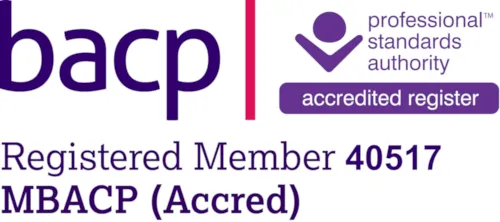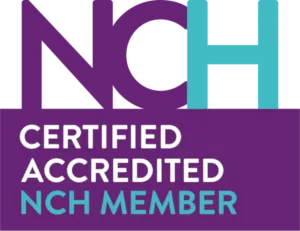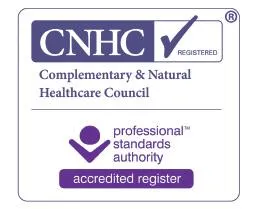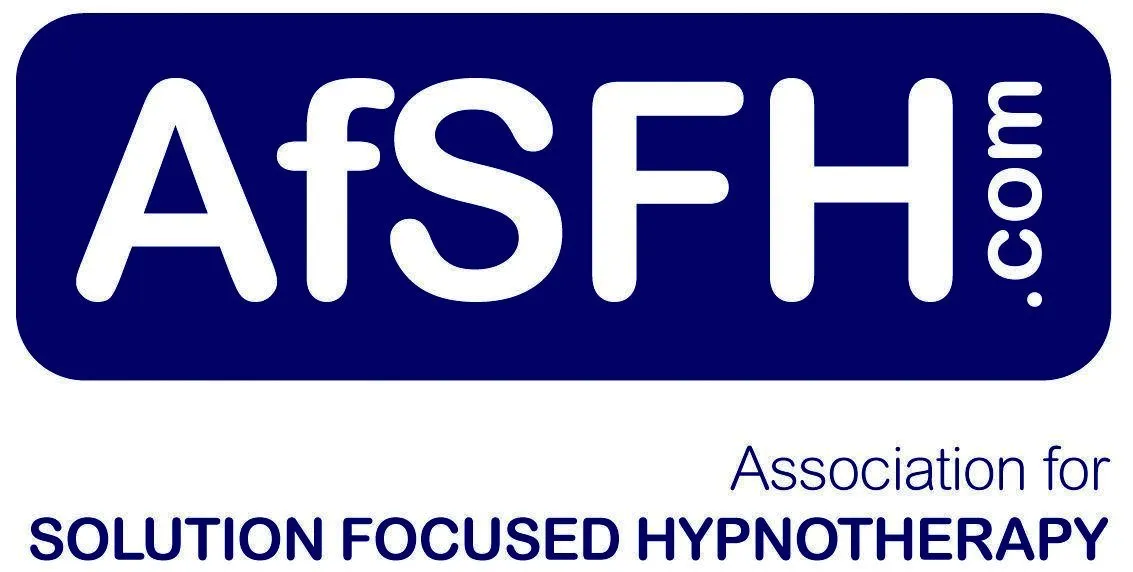EMDR & Rewind Trauma Therapy
for PTSD, Phobias and Emotional Wellbeing
Get notified as soon as a space becomes available

Carolyn Gillan
BSc (Hons), AdvDipIntCouns, HPD, DHP SFBT (Hyp)
Trauma Therapy Tailored to You in Plymouth and Online
I'm trained in both EMDR (Eye Movement Desensitisation and Reprocessing) and Rewind Trauma Therapy — two powerful, research-supported approaches for working with trauma, PTSD, and phobias. Each method offers a different path to wellbeing, and together they allow me to tailor our work to your individual needs, preferences, and readiness.
You don’t have to know which one is right for you before we begin — we can talk it through together and choose the approach that feels like the best fit.
EMDR Therapy
What is EMDR Therapy?
EMDR, or Eye Movement Desensitization and Reprocessing, is a powerful therapeutic approach designed to help individuals process and heal from trauma. If you’ve experienced distressing events that feel unresolved or interfere with your daily life, EMDR could be a life-changing tool.
How does EMDR Work?
Unlike traditional talk therapy, EMDR doesn’t require you to talk extensively about your trauma. Instead, it focuses on how your brain stores and processes traumatic memories. Trauma can leave these memories “stuck,” causing emotional pain, anxiety, or unwanted reactions even long after the event. EMDR helps your brain process these memories in a healthy way so they lose their emotional intensity.
What does an EMDR session involve?
The process involves eight structured phases, including identifying specific traumatic memories and engaging in bilateral stimulation, such as guided eye movements or tapping. This stimulation helps your brain integrate the memory, making it less distressing and more manageable. Over time, many people find that the memory no longer holds the same emotional charge — it becomes a story from their past, rather than a present burden.
Is EMDR effective?
EMDR is backed by extensive research and is particularly effective for post-traumatic stress disorder (PTSD) and other conditions that may be trauma-related.
Can EMDR help with OCD?
While EMDR was originally developed to treat trauma, research and clinical experience have shown that it can also be helpful for people living with OCD — particularly when intrusive thoughts or compulsive behaviours are linked to earlier distressing or unresolved experiences.
In these cases, EMDR can be used alongside other approaches, such as Exposure and Response Prevention (ERP), to target the emotional memories or “stuck points” that may be driving obsessive thinking. Processing these underlying experiences can reduce the intensity of certain triggers and help you feel less reactive and more in control.
EMDR isn’t a stand-alone treatment for OCD, but it can be a valuable part of a wider therapeutic approach when trauma or unresolved memories are part of the picture.
What to expect from EMDR Therapy
It’s a collaborative process, where I’ll guide you and help you feel safe and supported throughout your journey.
A compassionate path to healing
EMDR offers a compassionate, scientifically-supported path to regain control over your life and emotions.
Rewind Therapy
What is Rewind Trauma Therapy?
Rewind Trauma Therapy is an internationally recognised treatment that may help if you are experiencing PTSD or a phobia. It’s considered a rapid treatment — single-event traumas or simple phobias can often be addressed in as few as 2 to 3 sessions, while multiple traumas may require more time. Research suggests that treatment effects are long-lasting.
How does the Rewind technique work?
The Rewind is a gentle, non-invasive approach that doesn’t require you to disclose any details about your trauma or phobia. For this reason, it's sometimes referred to as the "closure without disclosure" therapy.
Unlike traditional talking therapies, which focus on processing experiences through discussion and reflection, Rewind works by stopping the involuntary recall that triggers the traumatic or phobic response. Although it’s not fully understood how this happens, the latest thinking is that the memory is restructured and “filed” in the brain in a way that makes it feel less threatening. You’ll still be able to access the memory — but it will be under your control, without the same emotional charge.
Closure without disclosure
This unique aspect of Rewind makes it especially valuable for people who may be reluctant or unable to talk about their experiences — whether due to confidentiality concerns or emotional overwhelm.
Who might benefit from Rewind Therapy?
Rewind may be particularly helpful for:
First responders (e.g. police, paramedics, firefighters)
Military personnel
Medical professionals
Anyone who feels unable to talk about their trauma or fears re-traumatisation
Because the approach does not involve revisiting the traumatic memory in detail, the risk of re-traumatisation is very low.
What does the research say?
A 2023 randomised controlled trial — the gold standard in clinical research — supported the effectiveness of Rewind in reducing PTSD symptoms.
Learn more about Rewind Trauma Therapy
You can read more about this approach on the International Association for Rewind Trauma Therapy (IARTT) website.
EMDR or Rewind?
If you're unsure which approach might suit you best, we can explore that together. In some cases, a combination of therapies may be helpful.
Ready to take the next step?
Get your FREE hypnosis audio

A good night’s sleep is one of the most powerful tools for supporting your overall wellbeing. When you're well-rested, it's easier to manage intrusive thoughts, regulate emotions, and respond to challenges with clarity and resilience.
This free hypnosis audio is designed to help you unwind at bedtime, calm a busy mind, and ease gently into restful sleep. Let it guide you into a deep state of relaxation—giving your body and mind the chance to reset, restore, and recharge.
Sign up now to listen straight away
Sign up to my newsletter
You’ll receive my LIBERATE Yourself newsletter—filled with fresh insights into OCD and anxiety, uplifting encouragement, and practical tools from a therapist who truly understands.
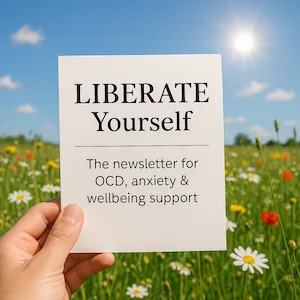
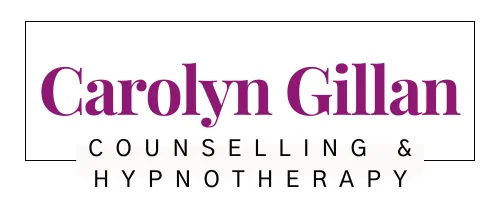
Copyright 2025. Carolyn Gillan Counselling and Hypnotherapy. All Rights Reserved.
